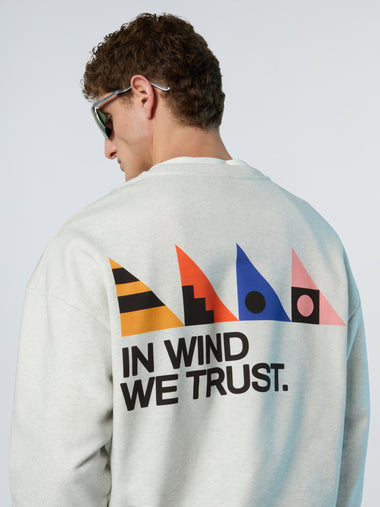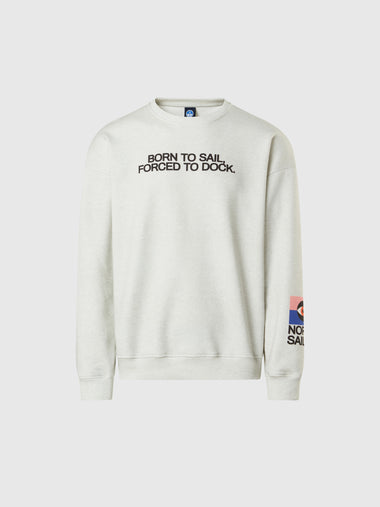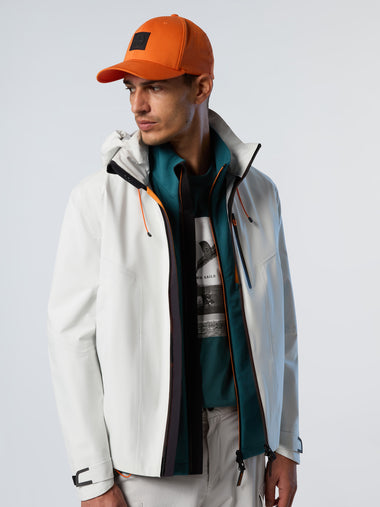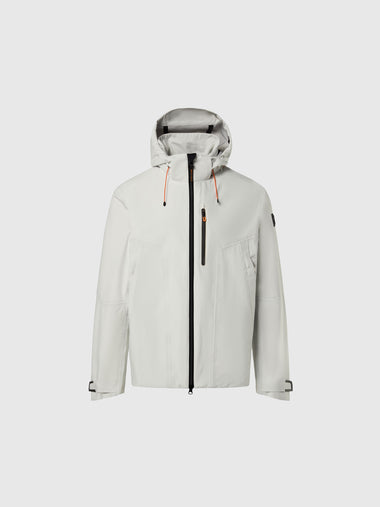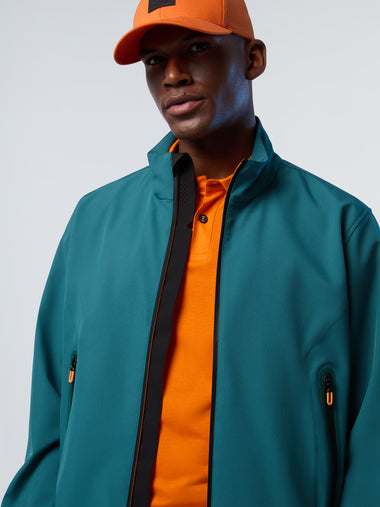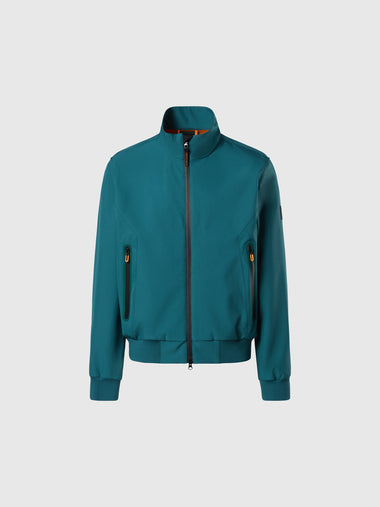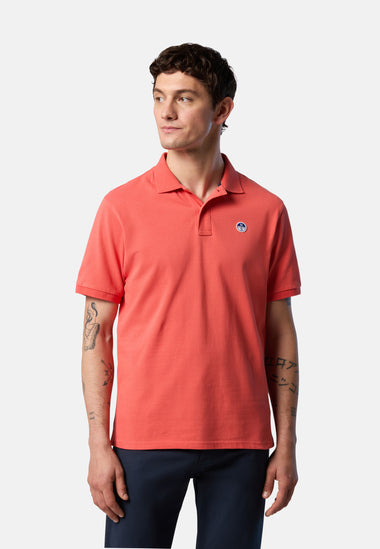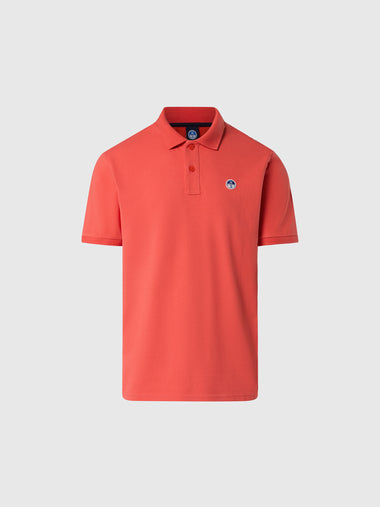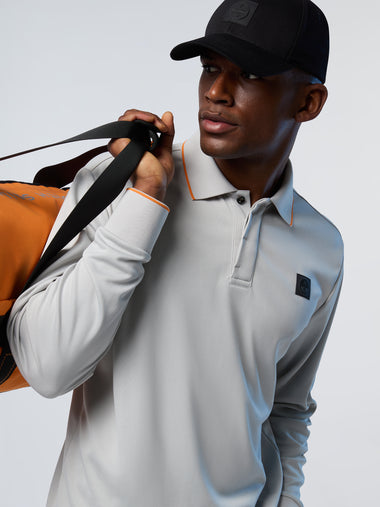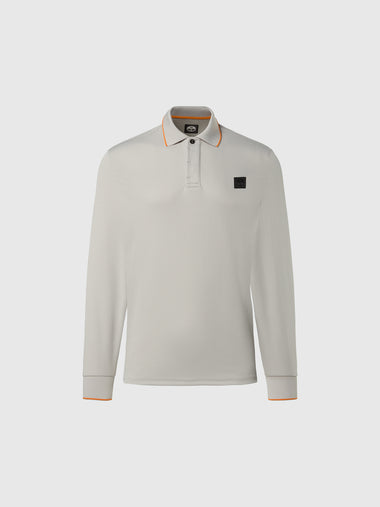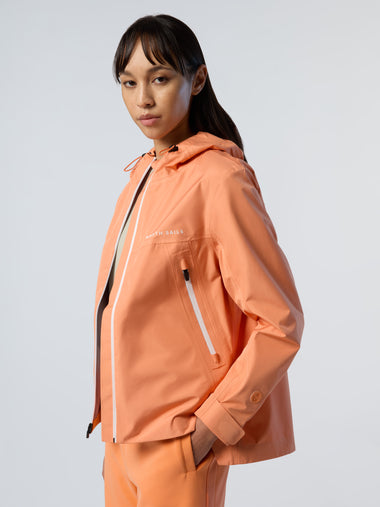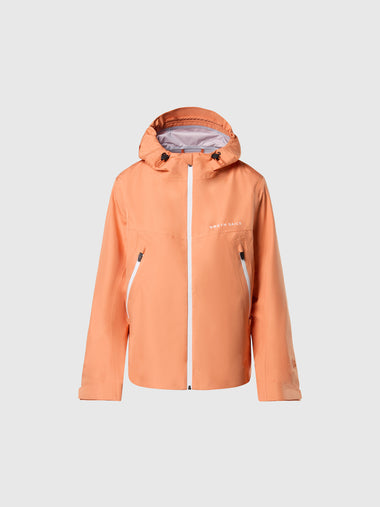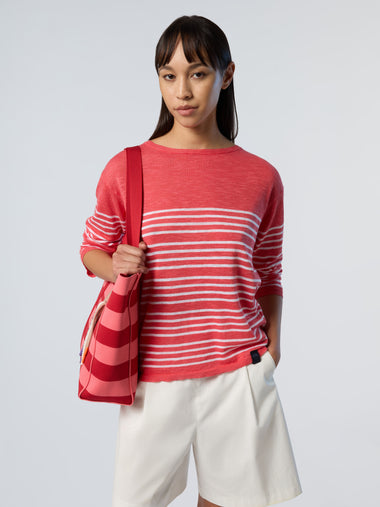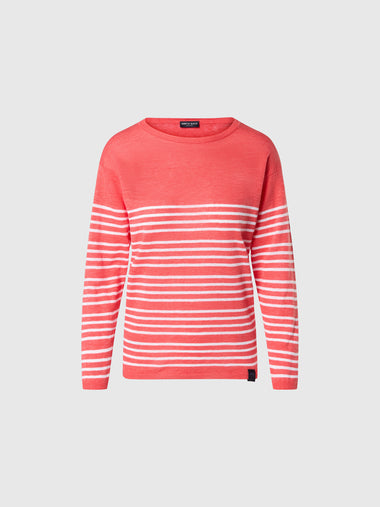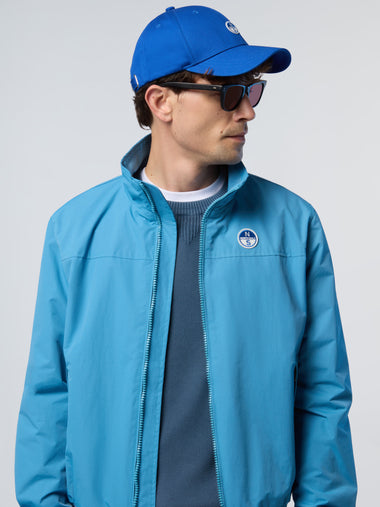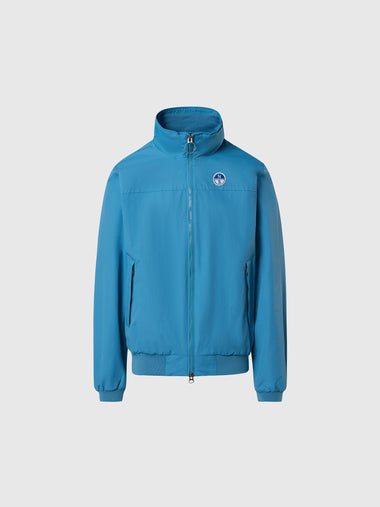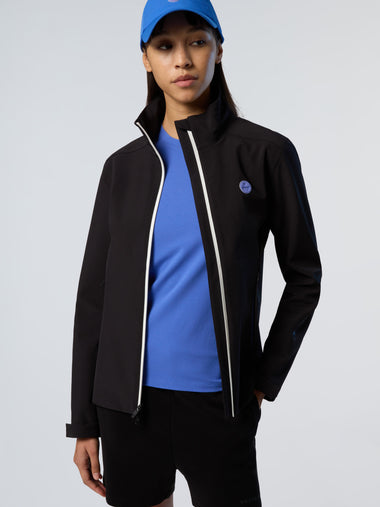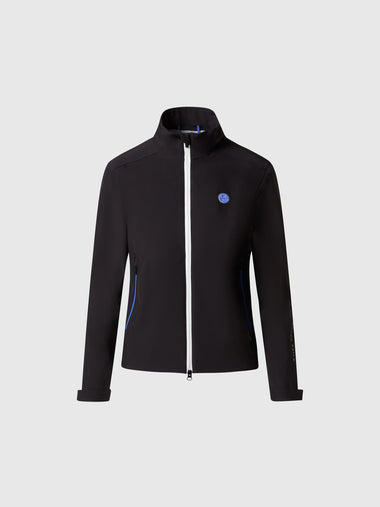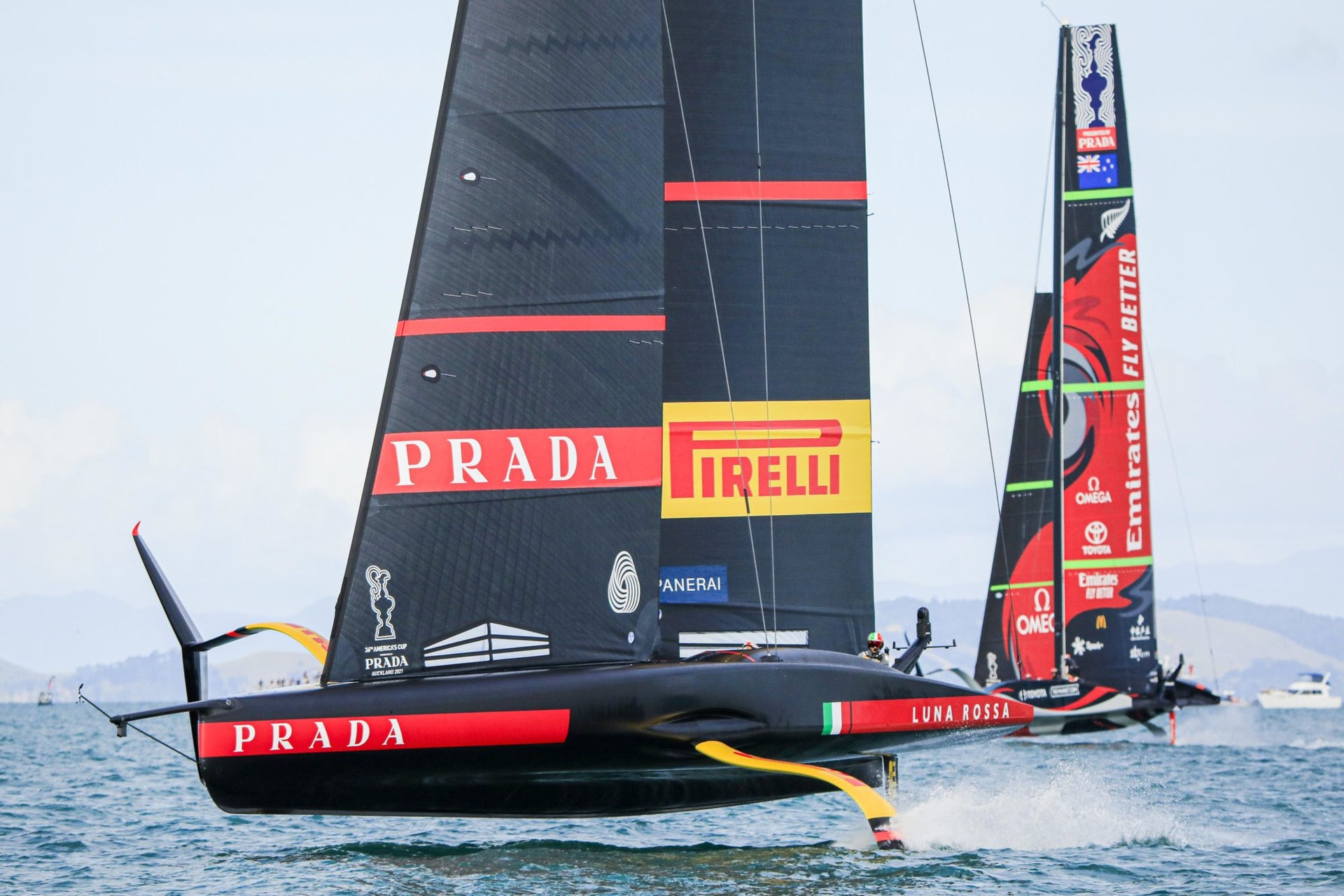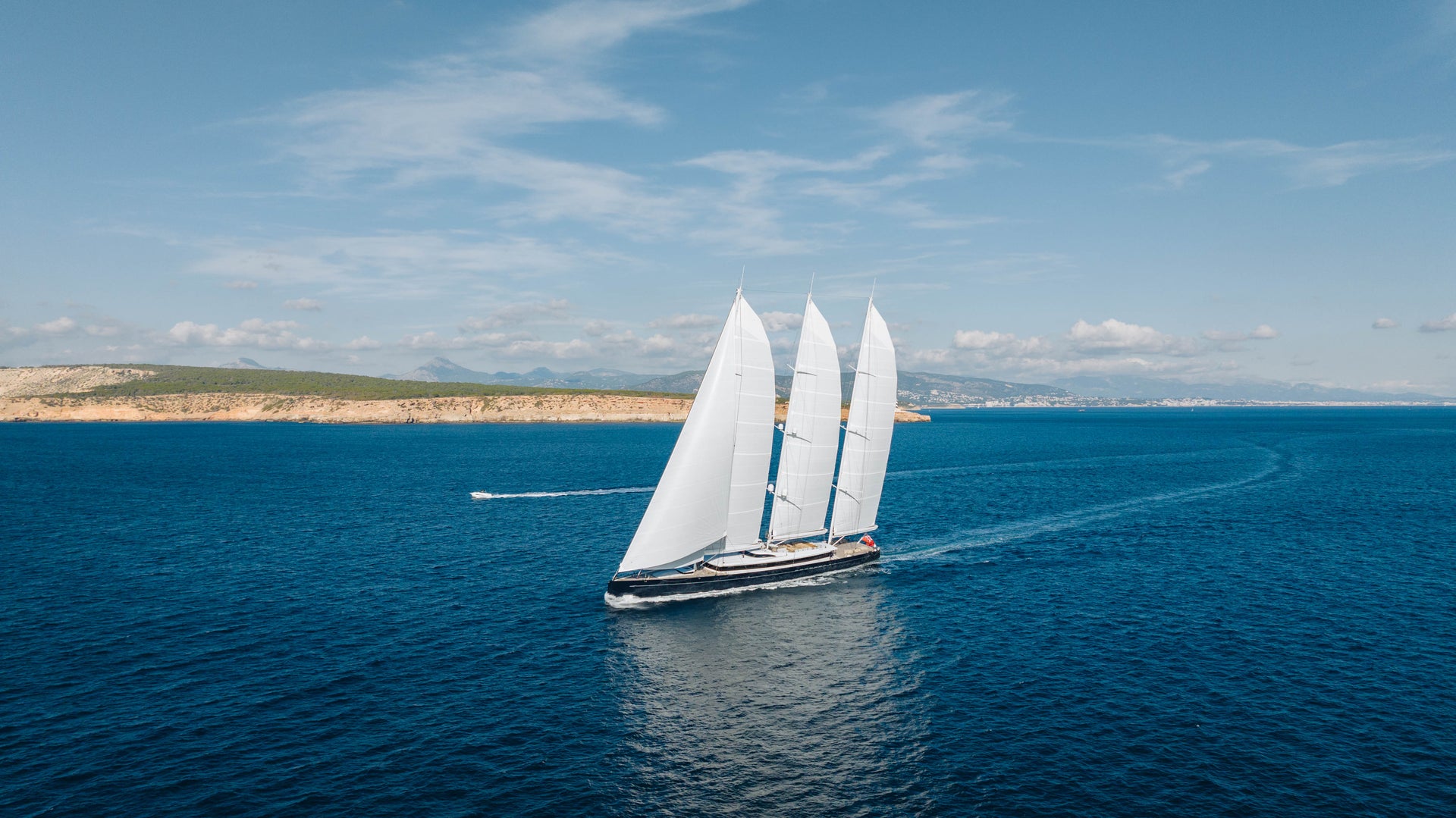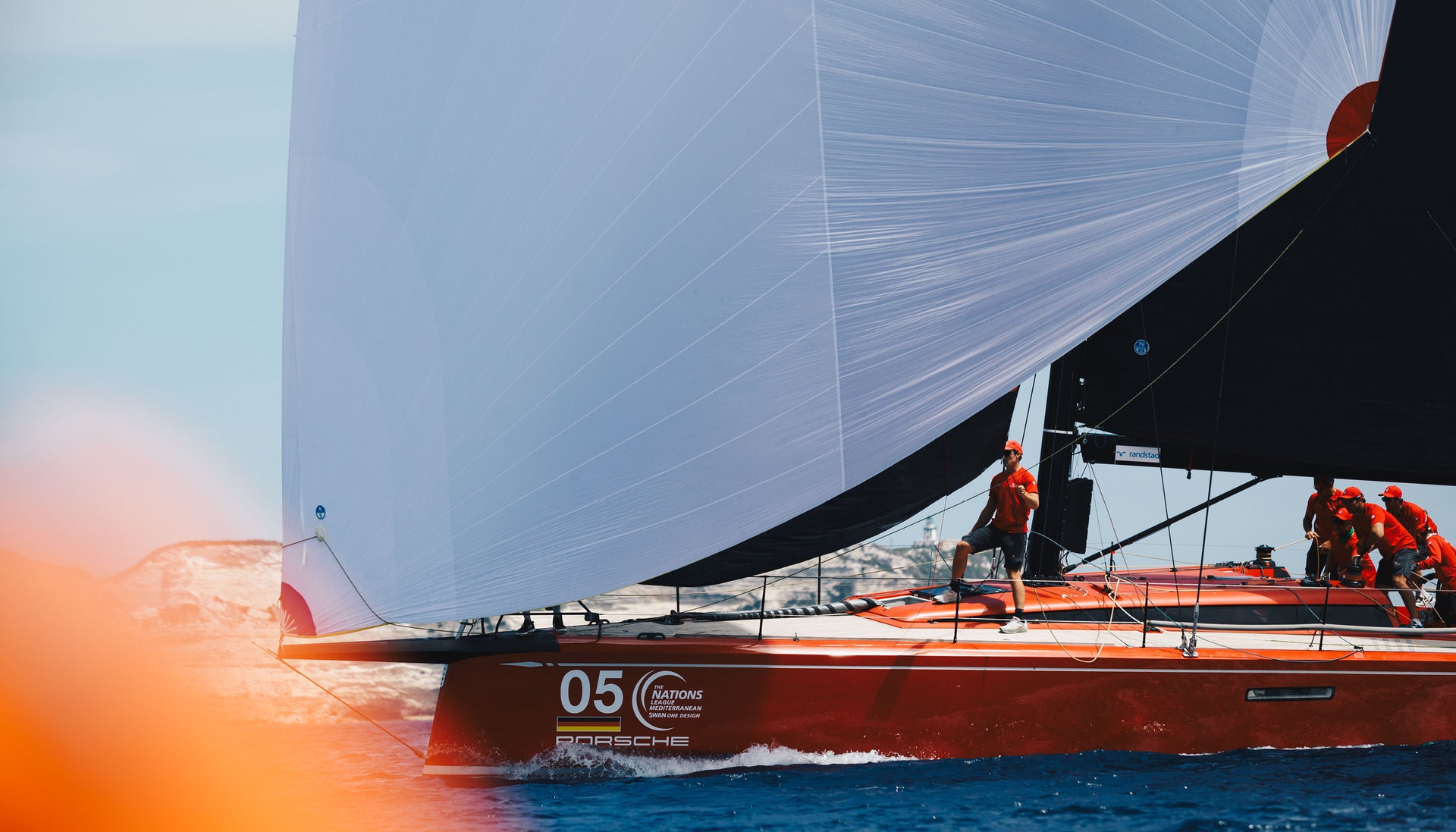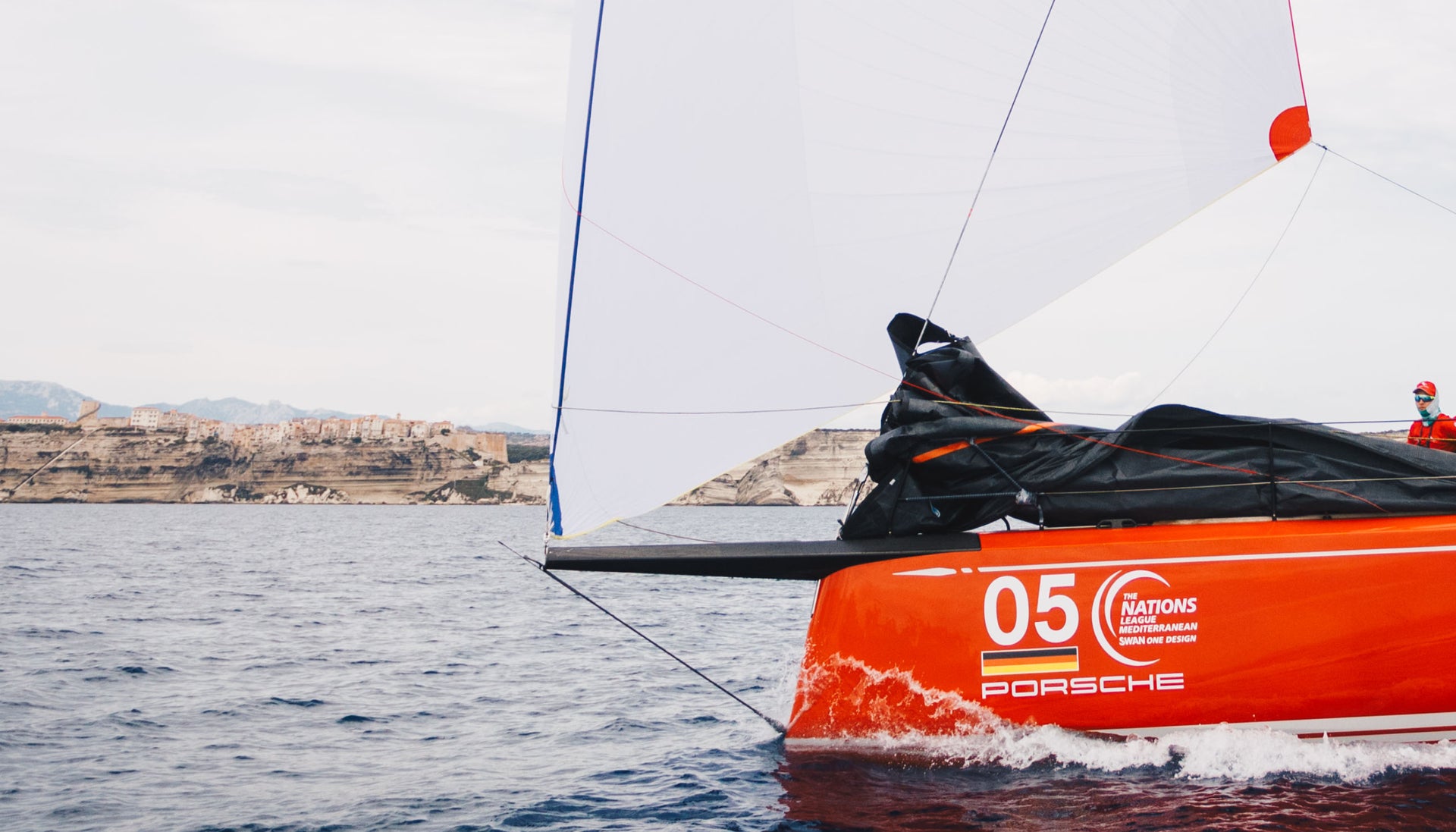EVERYTHING IS CONNECTED ON AN AC75
The “subtle points” of the 36th America’s Cup from the eyes of a sail designer

It’s been six days of the 36th America’s Cup. We’ve cheered, we’ve gasped, we’ve sighed. The light winds of the Hauraki Gulf provided us with some incredibly tight racing and plenty of material for a technical chat with North Sails and INEOS TEAM UK sail designer Gautier Sergent.
Pundits wonder: could Luna Rossa Prada Pirelli be faster in the light air with their bigger foils, or did Monday’s racing (partly) brush that away? And, do Emirates Team New Zealand now have an edge? Who’s made the best design choice, who’s sailed faster, who’s trimmed the sails better?
This last question is not that simple for Sergent. “Everything is very closely connected,” he says. “Both boats have different foils, which lead to different optimum modes, which lead to different aerodynamic requirements and outcome affecting both their individual sail shapes and trimmings.”
Take the optimum mode or VMG. “Both have similar VMGs (speed made towards the next mark) but achieve it differently by balancing lift and drag depending on their foil size. It’s striking to see the Kiwis cover a lot more ground at a higher speed, sailing lower angles to the wind upwind, and higher angles downwind.
“That leads to the sails, which are trimmed hard and flat on Te Rehutai: they’re trying to minimize the drag to go faster to match their hydro package (smaller foils). Flatter sails produce less aerodynamic forces. And by going faster, these boats create more righting moment.”

Next, they need to balance the forces produced by both the sails and the foils. “While the aero forces do depend on the sail shape and area, they primarily depend on the apparent wind speed. The faster the boat, the higher the apparent wind speed. And it’s a dominant design factor: aero forces are proportional to the square of the apparent wind speed. If your apparent wind speed increases by two, the aero forces increase by four.” This is how they generate the heeling moment from their flat sails to match the high righting moment from the foils.”
So, different foils, different VMGs, different aero forces, different sail shapes and trimmings. “If the boats were to swap their sail packages,” comments Sergent. “They would both be slower for it. We just can’t say that one sail package is better than the other, or that there is a better way to trim the sails. It’s a delicate balance.”
His advice: “Don’t go out on your boat trying to replicate the trimmings you’ve seen on the AC75. Don’t ask your sail designer for the AC75 sail shape either: it wouldn’t work! We have a big design team at North Sails, with segment and class leaders specialized in a particular type of boat, just so you always get the best, customized for your boat.” Even if you own an AC75.
But back to the America’s Cup. Tacking techniques have caught the designer’s attention, too. “You can see Luna Rossa moving the traveler up as they enter the tack to initiate the turn. Moving the traveler up shifts the center of effort of the sail plan back, making the boat turn windward. I’m sure we’ve all experienced situations when our mainsail trimmer didn’t react to a movement of the helm. The AC75 rudders are very small and the crews need to balance steering and trimming accurately not to lose control.”
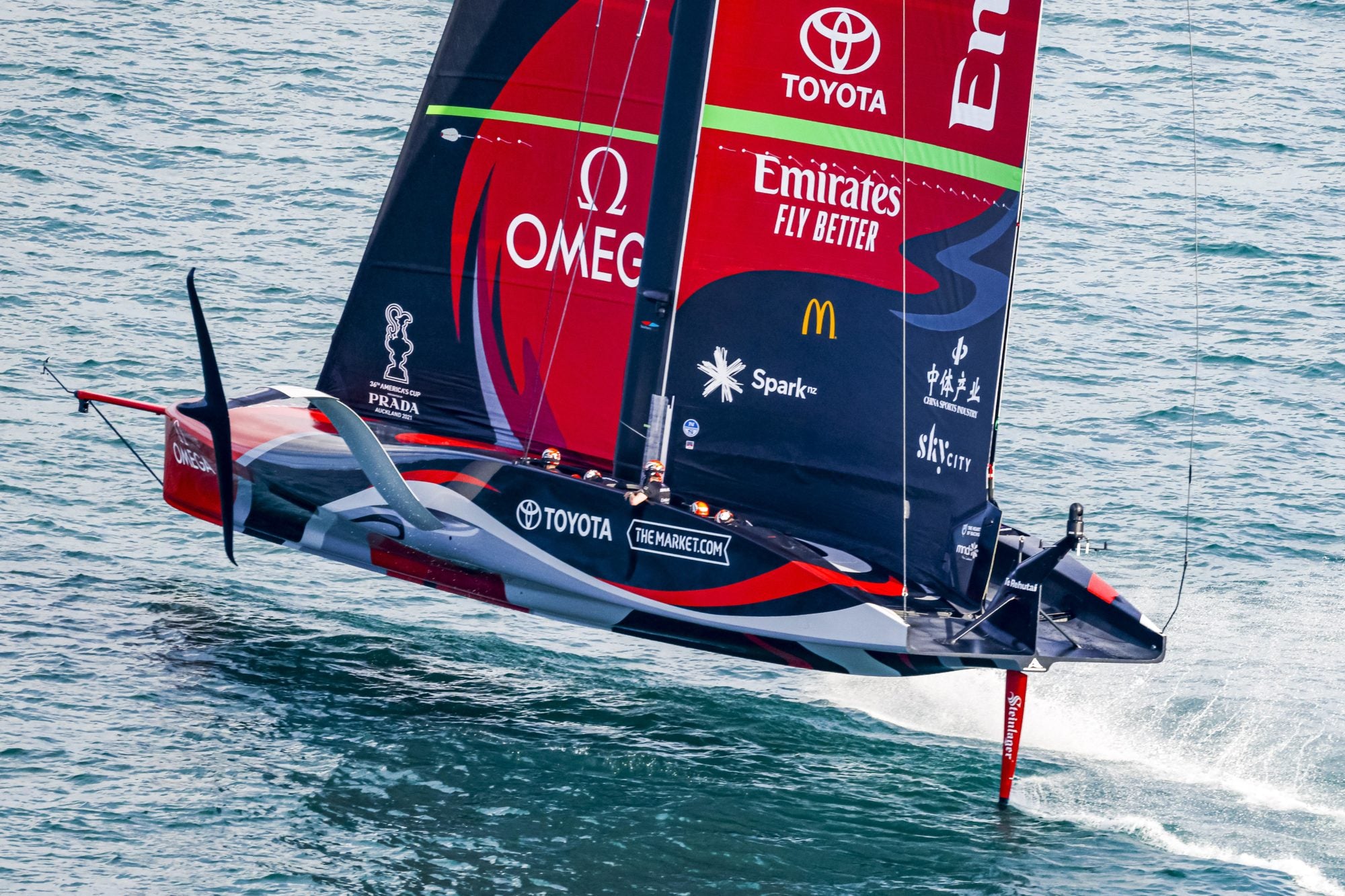
Emirates Team New Zealand have a different method. “They use the boat’s heeling angle rather than the traveler. You can notice the boat heeling to leeward as they enter the tack. This moves the center of effort of the boat outboard which, similarly, pushed the bow to windward. Dinghy sailors can probably relate to that. It’s a subtle point, not noticeable in every maneuver, but it’s a difference that’s reflected in the cant angles of the foil arms as well.”
One last thing has caught Gautier’s attention: the sail structure itself. “While it is hard to see the sail structure of 3Di sails being opaque, especially since the Kiwi sails are painted,” Gautier said. “An expert eye can see some features on the Luna Rossa sails that let us guess there are some rather unconventional sail structures. It takes certain light angles and some trained eyes but interesting nonetheless.”
So here it is. A multitude of details, of “subtle points”, of small but all-important decisions. Years of calculations, simulations, and testing all coming down to the next days of racing in Auckland.
“Choices… it’s all about choices,” reflects Sergent. “Some choices will be right in certain conditions and not in others. What will we learn next? I guess we’re about to find out.”





